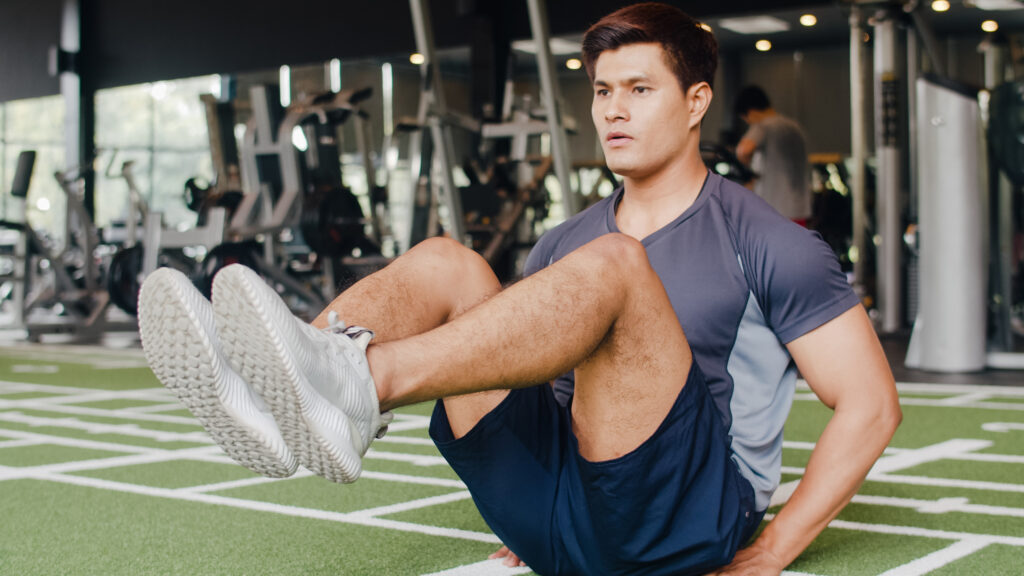Everyone has a set of abdominal muscles, often referred to as the “six-pack”, technically named the rectus abdominis. These muscles run vertically down the front of the abdomen and play a key role in stabilizing the core and supporting the spine.
When we say someone has a “six-pack”, we’re really referring to the visible definition of these abdominal muscles. However, whether or not these muscles are visible depends on two main factors:
- Muscle Development: Just like any other muscle in the body, the rectus abdominis needs to be worked and strengthened for it to become more pronounced. This can be done through exercises that specifically target the core, such as crunches, leg raises, and planks. The more developed these muscles are, the more they’ll push against the skin and fat, making them more noticeable.
- Body Fat Percentage: Even with well-developed abdominal muscles, if there’s a layer of fat covering them, they won’t be visible. The thickness of this fat layer varies from person to person. For most men, the abdominal muscles start becoming visible at around 10-15% body fat, and for most women, it’s around 15-20%. However, genetics also play a role, and some people might find that they need to reach a lower body fat percentage for their abs to be visible.
So, in essence, you do have a six-pack under any fat you might carry on your belly. The challenge is twofold: building and defining those muscles through targeted exercise, and reducing the body fat covering them through a combination of diet, cardiovascular exercise, and resistance training.
In your fitness journey, it’s beneficial to focus on both muscle building and fat loss to reveal those coveted six-pack abs. Remember, though, that everyone’s body is unique. While achieving visible abs is a common goal, it’s just one measure of fitness, and there are many paths to a healthy, strong body.

